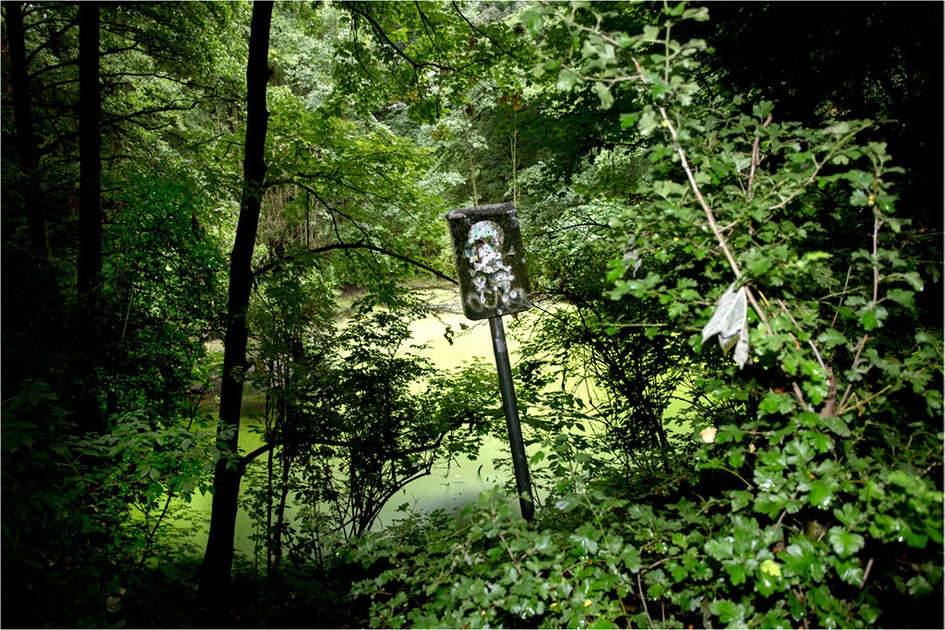Urban Assemblages is a research by design studio linked to the Laboratory of Urbanism, Infrastructure, and Ecologies (LoUIsE). The studio starts from two convictions: (I) the capacity of cities to cast light on our present and (near)future; (ii) the need to start a socioeconomic and ecological transition in them as the premise for a sustainable future anywhere else.
To be able to accompany such transition, the studio invites spatial designers to move beyond the object-centered legacy of urbanism and towards a systemic understanding of cities that does not exaggerate their agency. This requires seizing up flows, actors (humans and non-humans) and places into their proposals of urban transformation.
Cities are indeed woven into material and energy flows and stocks, and depend upon specific nature-technical entanglements and socio-economic processes of production and consumption (1). Any intervention in urban space necessitates to incorporate into the design of physical places the unsteady assemblages those flows and actors trigger (or are the result of), recognizing the heterogeneity that urbanism artificially convokes and links together to form a whole (from humans to other living beings, to “stuff” and ideas). Sustainability will only be viable if it recognizes this larger whole, moving beyond the advancement of human interest only.
Nadia Casabella + Benoit Burquel
(1) This approach is known as Urban Metabolism (UM), clearly defined by Kennedy and fellow scholars as “the sum total of the technical and socio-economic processes that occur in cities, resulting in growth, production of energy and elimination of waste.” (in Kennedy, C., Cuddihy, J., & Engel-Yan, J. (2007). “The changing metabolism of cities”. Journal of Industrial Ecology, 11(2), 43-59).
Image bandeau: Moeraske (Evere, RBC) © Heleen Rodiers, in BRUZZ 04/07/2017 “Oasis(2): Moeraske”, by Tom Zonderman, retrieved from https://www.bruzz.be/samenleving/oasis-2-het-moeraske-2017-07-04

https://archi.ulb.be/urban-assemblages-1